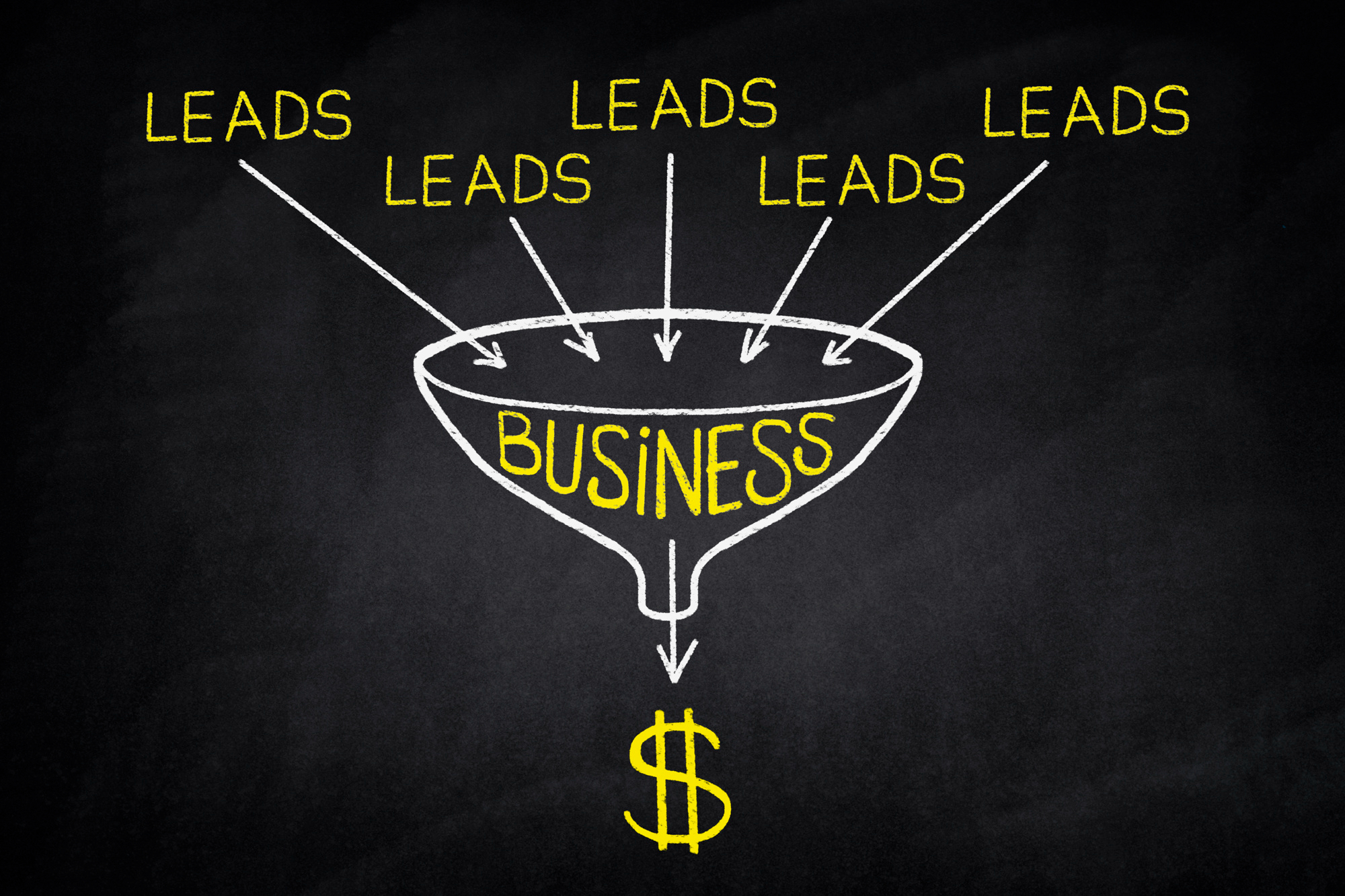The Perils of Product-Feature Obsession: Why Highlighting Too Much Can Backfire?
The impulse to showcase every bell and whistle of your product or service is strong in modern business. It’s a natural instinct: you’ve invested time, resources, and ingenuity into creating something exceptional, and you want the world to know about every detail. However, at Transdefy, we’ve observed a counterintuitive yet crucial truth: emphasizing too many features can actually lead to more objections and lost sales.
The Information Overload Dilemma
Imagine walking into an electronics store looking for a new smartphone. The salesperson bombards you with a litany of features: from the megapixels of the camera to the processor’s clock speed, from the battery’s milliampere hours to the intricacies of the operating system. For the average consumer, this deluge of information is not only overwhelming but also paralyzing.
Information overload occurs when customers are presented with more details than they can process. Instead of feeling informed, they feel confused and hesitant. They start questioning the necessity of each feature, the product’s usability, and whether they are paying for elements they don’t need.
The Pitfall of Irrelevance
At Transdefy, we understand that customers buy solutions, not features. Highlighting too many aspects of your product can obscure its core value proposition. For instance, if you’re selling a productivity app, users are primarily interested in how it will save them time and streamline their workflow. Diving deep into technical specifications or niche functionalities can detract from this central message, making it harder for potential customers to see the forest for the trees.
The Rise of Skepticism
Another unintended consequence of feature-heavy presentations is the rise of customer skepticism. When a product is marketed with an exhaustive list of features, customers might start to doubt the product’s quality and reliability. They may wonder, “If this product is so good, why are they trying so hard to sell me on it?” This skepticism can lead to increased scrutiny, more questions, and ultimately, more objections.
The Solution: Value-Driven Marketing
At Transdefy, we advocate for a value-driven marketing approach. Instead of overwhelming potential customers with an exhaustive list of features, focus on the following:
- Core Benefits: Highlight how your product or service addresses the primary pain points of your target audience. For instance, instead of detailing every feature of a new software, emphasize how it can save users hours of work each week.
- Simplicity: Keep your messaging simple and clear. A straightforward value proposition is often more compelling than a complex one.
- Customer Stories: Use testimonials and case studies to show how real users have benefited from your product. This approach builds trust and allows potential customers to see the practical applications of your product.
- Selective Detailing: Provide detailed information selectively and only when necessary. For example, technical specifications should be easily accessible for those who seek them but not front-and-center in your initial pitch.
Less is often more nowadays. By focusing on the core benefits and real-world applications of your product or service, you can create a more compelling, user-friendly narrative that resonates with potential customers. At Transdefy, we believe in the power of simplicity and clarity to drive sales and foster long-term customer loyalty. Remember, your goal is not to showcase every feature but to communicate the unique value your product or service brings to the table.



























